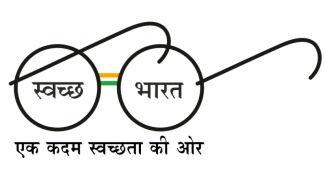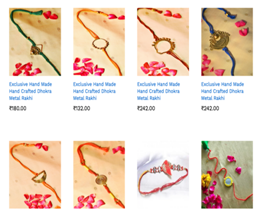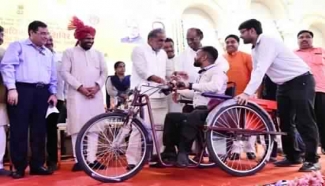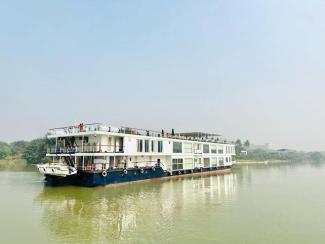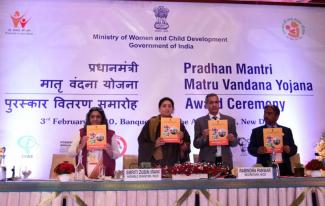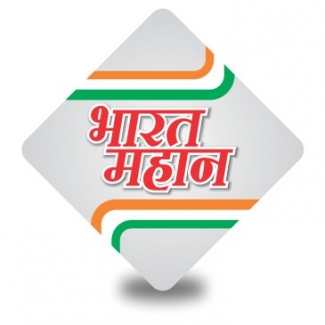
Bureau of Indian Standards (BIS) has published an Indian Standard for identification, marking and labelling of Pashmina products to certify its purity.
In a message Union Minister of Textiles and Women and Child Development, Smriti Zubin Irani said that the certification will help curb the adulteration of Pashmina and also protect the interests of local artisans and nomads who are the producers of Pashmina raw material. It will also assure the purity of Pashmina for customers.
Smriti Zubin Irani said that BIS certification of Pashmina will go a long way in discouraging counterfeit or substandard products presently mislabeled and sold as genuine Pashmina in the market.
Textiles Minister further said that it is a step in the right direction and will ensure better prices for the goat herding community in Ladakh as well as for the local handloom artisans producing genuine Pashmina products, currently a disadvantaged lot due to rampant marketing malpractices.
The nomadic Pashmina herders live in the hostile and tough terrain of Changthang and are solely dependent on Pashmina for their livelihood. At present, there are 2400 families rearing 2.5 lakh goats. This initiative of hallmarking Pashmina will protect the interests of these families, motivate the younger generation to continue in this profession as well as encourage more families to take up this occupation.
Ladakh produces 50 MT of the finest grade of Pashmina in the world (12-15 microns) and this initiative will provide further impetus towards value addition of Pashmina in Ladakh. Ministry of Textiles is processing a proposal for funding of Rs. 20 crore for a de-hairing plant for Leh which along with this initiative will lead to progress in the Pashmina sector in Ladakh.
The Changthangi or Pashmina goat, is a special breed of goat indigenous to the high altitude regions of Ladakh in Jammu and Kashmir. They are raised for ultra-fine cashmere wool, known as Pashmina once woven. The Textiles are handspun and were first woven in Kashmir. The Changthangi goat grows a thick, warn undercoat which is the source of Kashmir Pashmina wool – the world’s finest cashmere measuring between 12-15 microns in fiber thickness.
These goats are generally domesticated and reared by nomadic communities called the Changpa in the Changthang region of Greater Ladakh. The Changthangi goats have revitalized the economy of Changthang, Leh and Ladakh region.
पशमिना उत्पादों को बीआईएस प्रमाणपत्र मिला
भारतीय मानक ब्यूरो ने पशमिना उत्पादों की शुद्धता प्रमाणित करने के लिए उसकी पहचान, निशानी और लेबल लाने की प्रक्रिया को भारतीय मानक के दायरे में रख दिया है।
कपड़ा और महिला एवं बाल विकास मंत्री स्मृति जुबिन इरानी ने अपने संदेश में कहा कि इस प्रमाणिकरण से पशमिना उत्पादों में मिलावट में रोक लगेगी और पशमिना कच्चा माल तैयार करने वाले घुमंतू कारीगरों तथा स्थानीय दस्तकारों के हितों की रक्षा होगी। इससे उपभोगताओं के लिए पशमिना की शुद्धता भी सुनिश्चित होगी। इरानी ने कहा कि पशमिना के बीआईएस प्रमाणीकरण से नकली या घटिया उत्पादों पर रोक लगेगी। उल्लेखनीय है कि ऐसे उत्पादों को बाजार में असली पशमिना के नाम पर बेचा जाता है।
कपड़ा मंत्री ने कहा कि यह कदम सही दिशा में है और लद्दाख के बकरी पालक समुदाय तथा असली पशमिना बनाने वाले स्थानीय हेंडलूम दस्तकारों को अपने माल की उचित कीमत मिलेगी।
उल्लेखनीय है कि घुमंतू पशमिना बकरी पालक समुदाय छांगथांग के दुर्गम स्थानों में रहते हैं और आजीविका के लिए पशमिना पर ही निर्भर हैं। इस समय 2400 परिवार ढाई लाख बकरियों का पालन कर रहे हैं। पशमिना के बीआईएस प्रमाणीकरण से इन परिवारों के हितों की रक्षा होगी और युवा पीढ़ी इस व्यवसाय की तरफ आकर्षित होंगे। इसके अलावा अन्य परिवार भी इस व्यवसाय को अपनाने के लिए प्रोत्साहित होंगे। लद्दाख विश्व में सबसे उन्नत किस्म के पशमिना का उत्पादन करता है। इस समय वहाँ 50 मीट्रिक टन पशमिना का उत्पादन होता है। कपड़ा मंत्रालय का लेह में बकरियों के बाल काटने के लिए 20 करोड़ रुपये की लागत से एक संयंत्र लगाने का प्रस्ताव है। उपरोक्त कदम से लद्दाख के पशमिना उत्पादन में बढ़ोत्तरी होगी।
छांगथांगी या पशमिना बकरी लद्दाख के ऊंचे क्षेत्रों में पाई जाती है। इन्हें बेहतरीन कश्मीरी ऊन के लिए पाला जाता है। इसे हाथ से बुना जाता है और कश्मीर में इसकी शुरुआत हुई थी। छांगथांगी बकरी के बाल बहुत मोटे होते हैं और इनसे विश्व का बेहतरीन पशमिना प्राप्त होता है जिसकी मोटाई 12-15 माइक्रोन के बीच होती है।
इन बकरियों को घर में पाला जाता है और ग्रेटर लद्दाख के छांगथांग क्षेत्र में छांगपा नामक घुमंतू समुदाय इन्हें पालता है। छांगथांगी बकरियों की बदौलत छांगथांग, लेह और लद्दाख क्षेत्र में अर्थव्यवस्था बहाल हुई है।






